Step Back in Time: The Hilarious History of Medieval Europe's Love Affair with Pointy Shoes!
In 1463, London made a bold move against fashion overkill. The city banned the shoes of its most stylish men who had taken their flair for fashion to the extreme. These fashionable lords were walking the streets with shoes that tapered to impish, elongated tips, some reaching a length of 5 inches beyond their toes. These shoes, known as "crakows" or "poulaines," caused such a stir that the court of King Edward IV eventually passed a law prohibiting shoe tips that extended over 2 inches beyond the toe.
This strange and intriguing trend in medieval fashion first emerged in Krakow, Poland in 1340 and quickly took Europe by storm. For over a century, lords and ladies of the 15th century wore these shoes almost exclusively. Pointy shoes became a must-have for anyone who could afford them, but the extra-long tips were reserved for the nobility who seemed to enjoy walking in shoes that were made for tripping.
Medieval Europe's Pointy Shoe Craze: A Symbol of Wealth and Status!
For the elite of medieval Europe, pointy shoes were more than just a trend. They were a symbol of wealth and status. According to Rebecca Shawcross, author of Shoes: An Illustrated History, the longer the shoe tip, the more wealth you could flaunt. The absurdity of these elongated toes was a clear indication that the wearer was wealthy enough to afford leisure and luxury, free from the constraints of physical labor.
These shoes with impossibly long toes were expensive and impractical, making them the ultimate symbol of wealth and opulence. So, if you were a man of status and had the wealth to show it, you didn't think twice about slipping into a pair of poulaines and strutting your stuff!

The Secret Behind Medieval Europe's Pointy Shoes: Stuffed with Surprises!
The secret to keeping the tips of medieval Europe's beloved poulaines upright was to stuff them with soft, organic materials such as moss, hair, or wool. Without this support, the tips would have drooped and made the shoes look unimpressive, not fit for someone of status, says Rebecca Shawcross, author of Shoes: An Illustrated History.
This stuffing also prevented the tips from curling when wet, as noted by Jackie Keily, senior curator at the Museum of London, which holds a remarkable collection of poulaines. One of the shoes on display, recovered from an archaeological excavation, boasts a modest tip and delicate leaf pattern, showcasing the creativity and skill of medieval shoemakers.
So next time you're admiring a pair of pointy shoes, remember the soft, squishy secret inside that gave them their structure and style!
Unleashing the Sex Appeal of Medieval Europe's Pointy Shoes
Medieval Europe's fancy lords weren't just showing off their wealth with their pointy shoes, they were also flaunting their legs! With tunics getting shorter, the low-cut poulaines accentuated and elongated the legs, revealing the colorful hose around the ankles, considered quite attractive at the time.
To keep these pointy shoes standing tall, a stiffener such as whalebone was sometimes used. Poulaines also made a statement in their material, from leather to opulent fabrics like embroidered textiles, velvets, and silks. Some were even hand-painted or etched with intricate patterns, appearing in many medieval paintings, though none have survived.
At the Museum of London, you can see some of the finest surviving poulaines, preserved by the mud of the River Thames. So, go ahead and indulge in the sex appeal of medieval Europe's love affair with long, pointy shoes!

In the medieval period, poulaines were fashionable shoes that were often stuffed with soft organic materials to keep the tips erect. They were used by different levels of society, with the upper echelons using textiles, velvets, and silks, which might be hand-painted or etched with intricate patterns. Poulaines were seen as a reaction to the austerity caused by the Black Death, which killed 30 to 60 percent of the population of Europe. They were seen as a form of retail therapy for the loss of life caused by the plague. Fashion in medieval Europe often lasted for a century or more, and fashions emerged from the top of society and trickled down. Eventually, the English crown felt the need to intervene, equating the wearing of poulaines to public indecency, and limiting the length of the toes to two inches. Poulaines vanished by 1475, and European footwear took a hard pivot into wide, box-toed shoes. Pointy men's shoes had a revival in England in the 1950s with the "winklepicker," which has had several revivals over the ensuing decades.





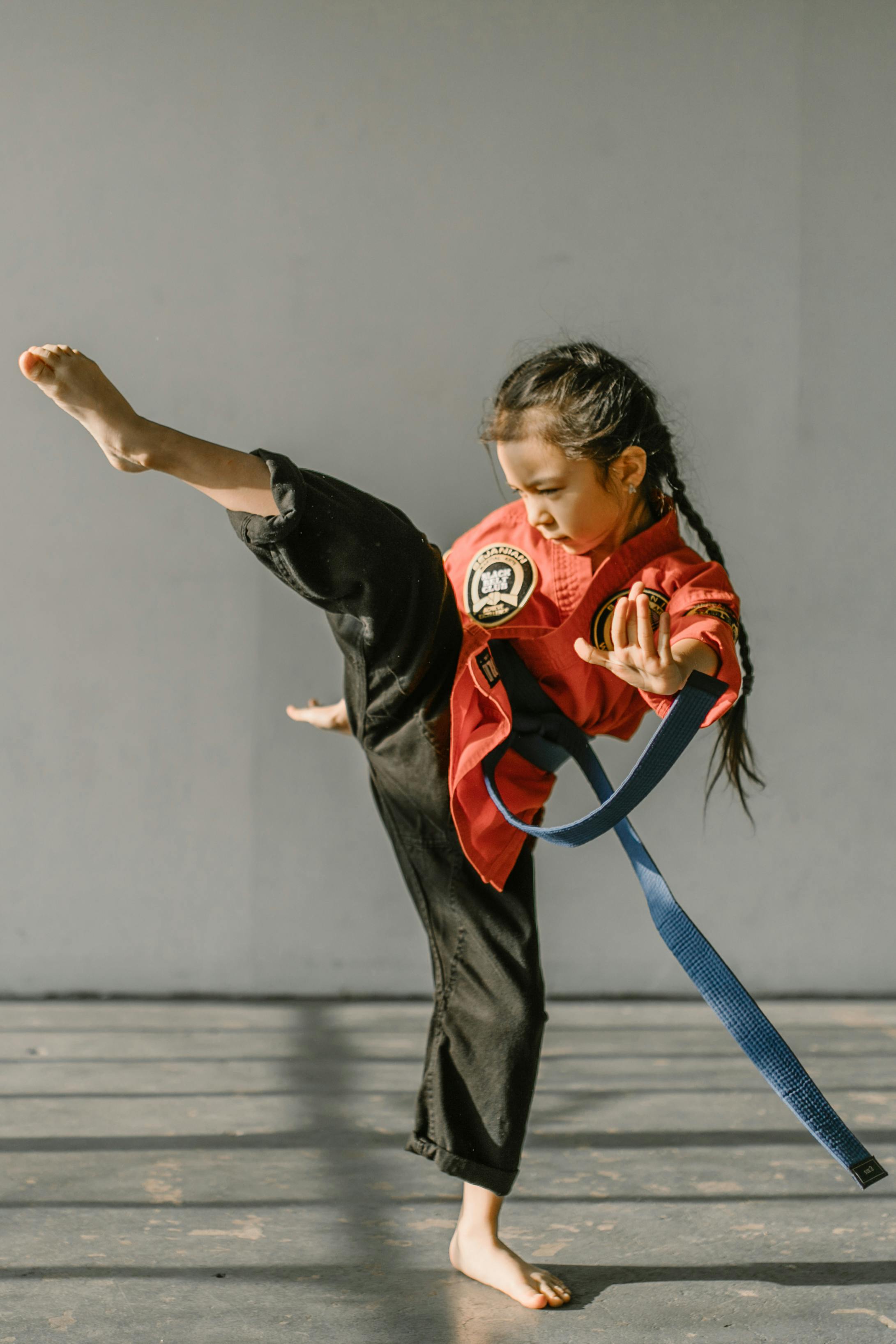

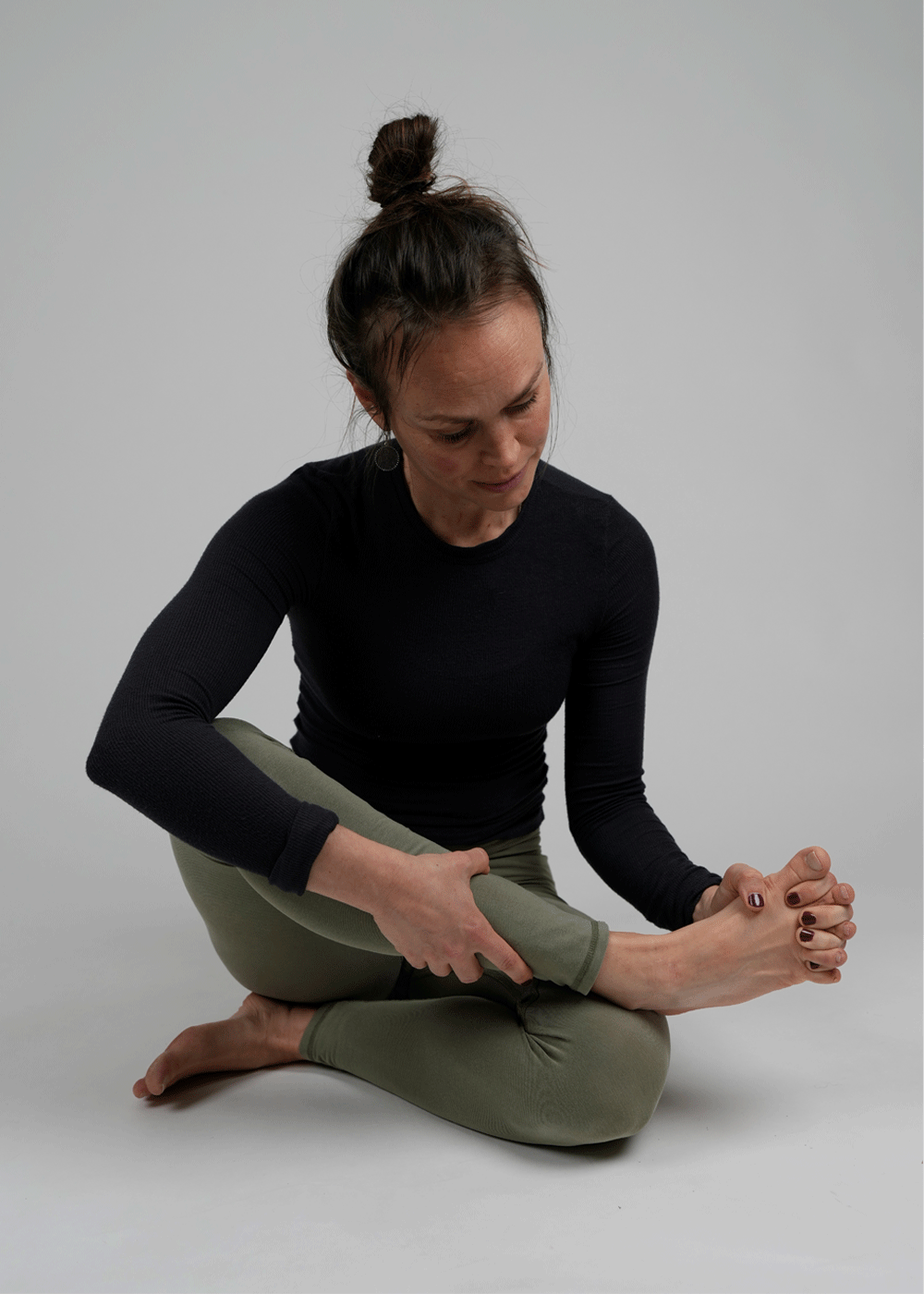
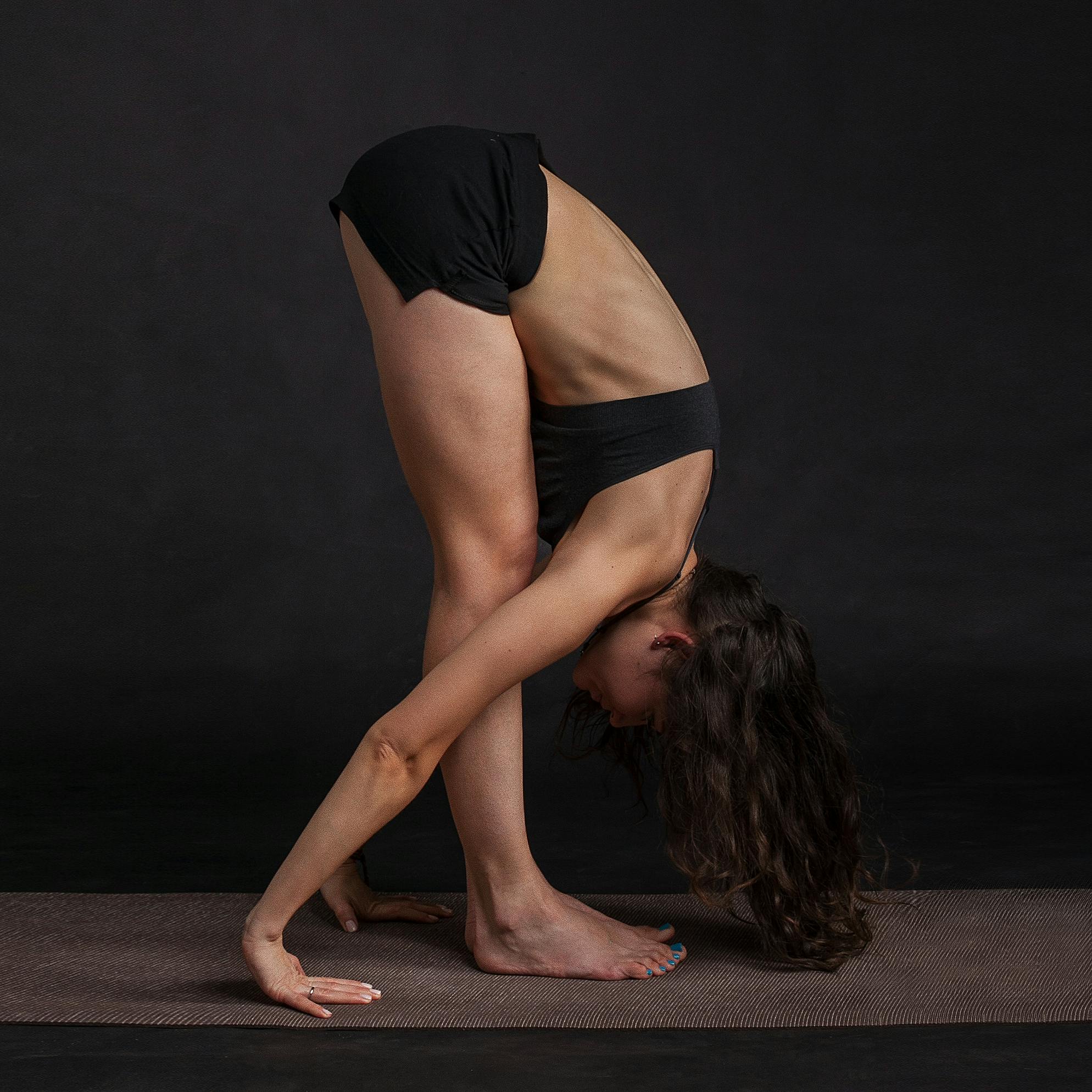



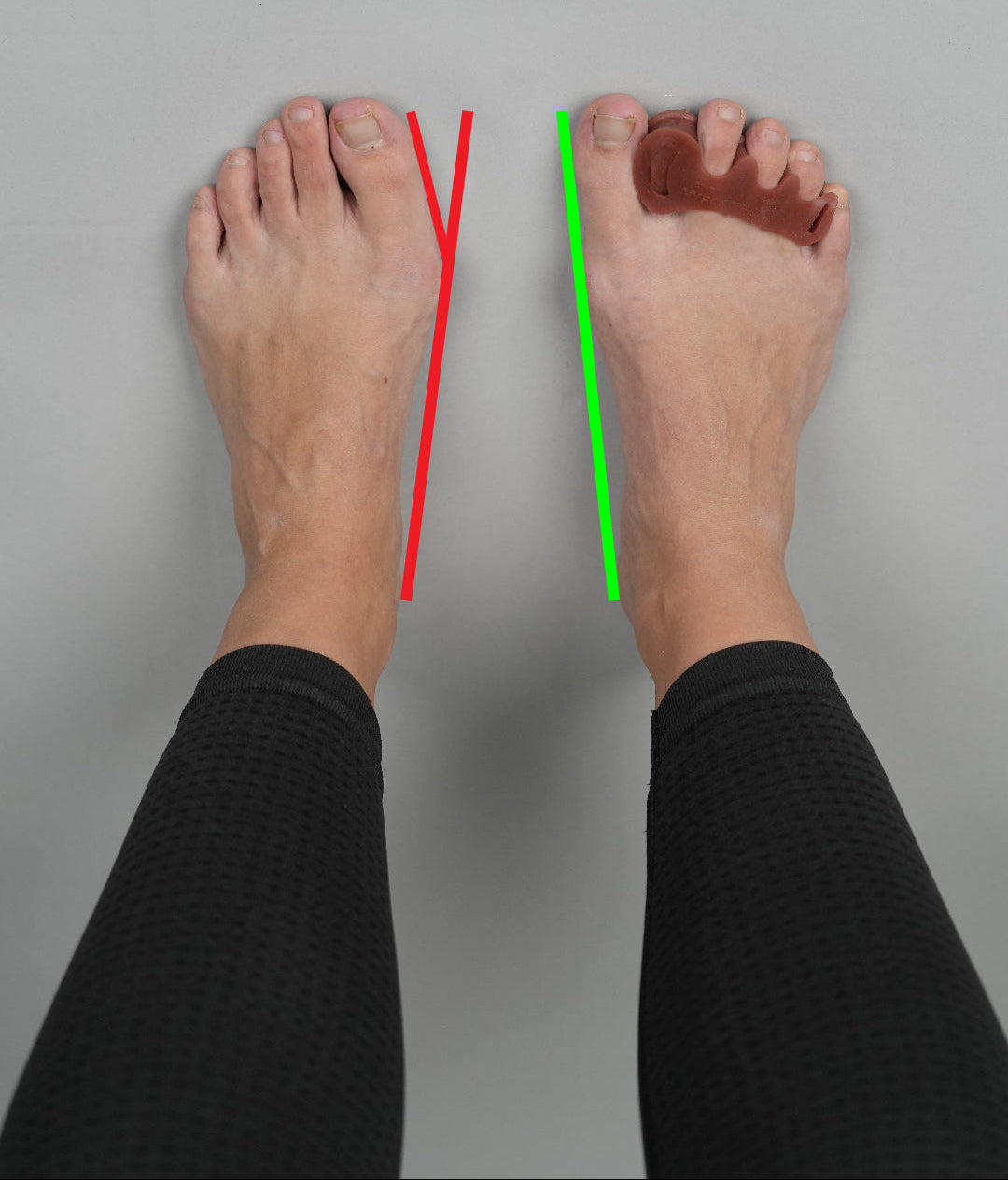

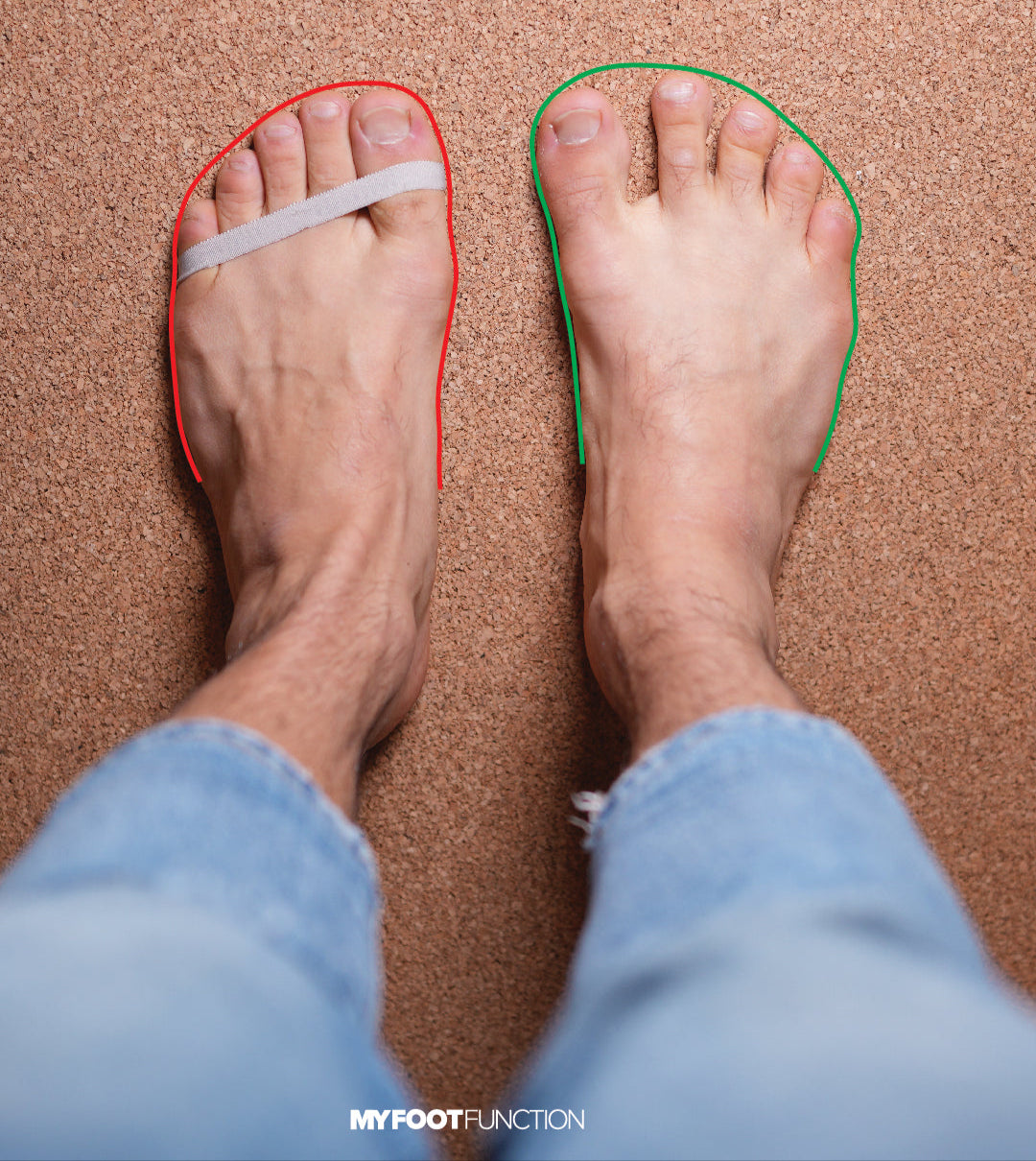
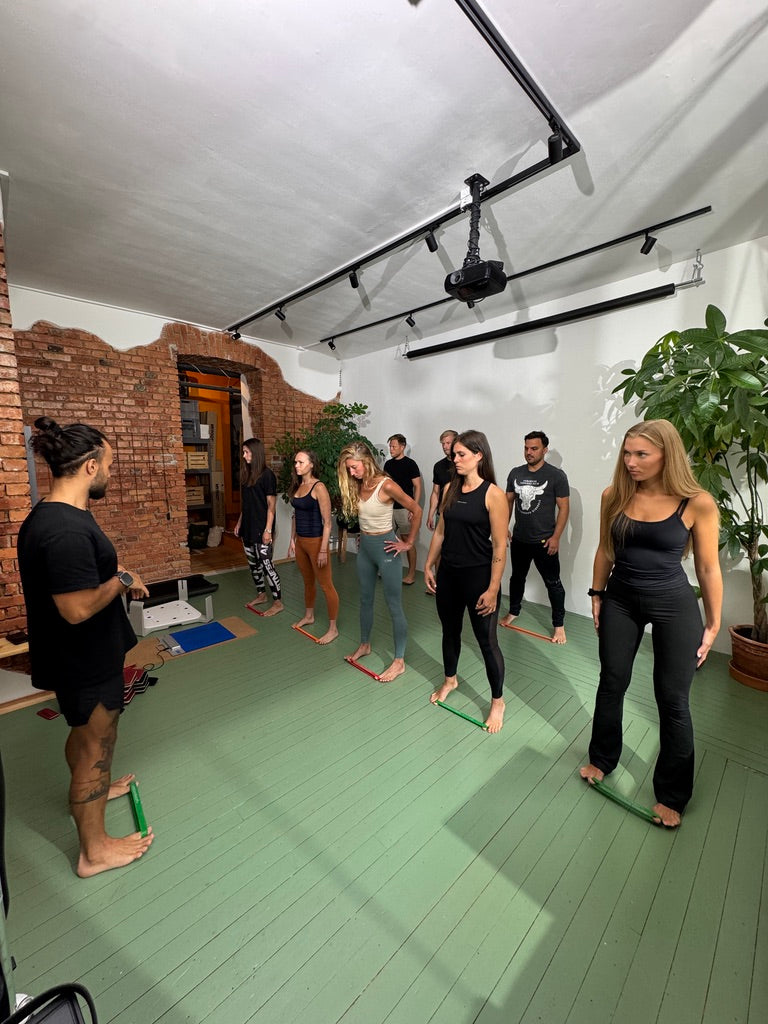
Share:
Treating 2,500 feet per day!
The Industrial Revolution Symmetrical Shoe